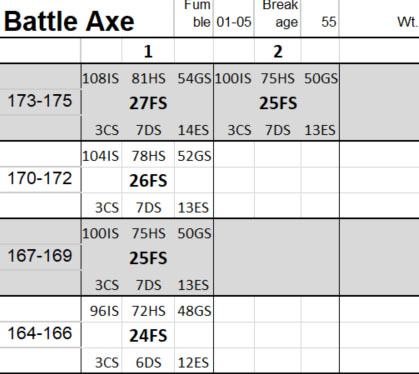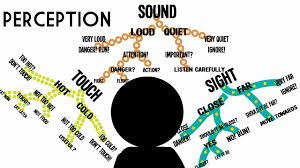I continued to be a big fan of RM/SM until 1989. I could see ways to do just about every gaming setting, and several non-gaming settings (Aliens, Dune, etc.) using those rules. But, something happened over the summer of 1989. I was at DragonCon, and a naval war gamer challenged me that if I need more than 1 sheet of paper (4 pages) for rules, for a war game, then that was too many. The more I thought about it, the more I couldn’t get away from the idea of minimalism.
Though, he was an extreme-minimalist. Minimalism isn’t “the least”. It’s “what is necessary, but nothing more AND nothing less”.
The quote above comes from the Stargazer’s World site in a comment on Michael Wolf’s review of RMU. The comment was by a regular contributor called Johnkzin.
It is an interesting idea, what is necessary, but nothing more AND nothing less.
I have had that going around my head all week. They are talking about wargames and RPGs are not wargames. What that means to me is that to play the game at the table the monster stats are not part of that 4 page limit. Monsters and their stats are easily condensed down to what the GM needs at the table but the monster book is a resource and not ‘rules’.
I think spells and spell lists are part of the PC or NPC. You can give your players a copy of their own lists, I think that is pretty much common practice, and the same for NPCs. The rest of spell law is just reference material and not rules needed at the gaming table.
I also think that character creation is not needed at the table and does not need to count towards our 4 page limit.
That removes a lot of bulk.
So what do we need? Arms Law for one and skill resolution for a second. Base Spells and resistance rolls for third. One is relatively big and the other relatively small and spell casting is just a simple look up. So how low can we go?
The following two documents are a single page (2 sides) super condensed combat and skills resolution version of Rolemaster. This is really not intended to challenge Arms Law in any way and it is not meant to be historically accurate. You will also notice that it draws on bits of MERP, bits of RMU and everything in between.
What you get is a single attack table that is generic but below it are modifications for each weapon so to all intents and purposes each weapon is differentiated.
You get a hit location system using the units dice to give a 1-0 result.
The critical is then rolled for that location and the bonus damage, stun and bleeding scales with the critical severity. The GM also has to insert descriptive words like blow/strike/hit to vary things a little. Each critical does come in two parts for armoured and unarmoured so what looks like just 16 possible criticals is actually nearer to 100 possible outcomes.
Why would anyone ever want to use this?
One of the best roleplaying sessions I ever played in took place on bicycles riding though country lanes. We used the stop watch function on digital watches (this was the early 80s) for dice and we knew our characters and the rules of D&D well enough to not need any books. That sort of game session is almost impossible with Rolemaster because of its table dependence. On the other hand if you had a dice roller app on your phone and just these two pdfs you could pretty much run an impromptu game session with nothing else.
I would go so far as to say that you could run an entire game session using this and most of your players would not notice the difference unless a particular favourite critical should have come up.
This is a bit too minimalist even for me but it was an interesting experiment.
Does anyone think they could do a 2 page character creation? I suspect I could, but then I have had a week’s head start.









